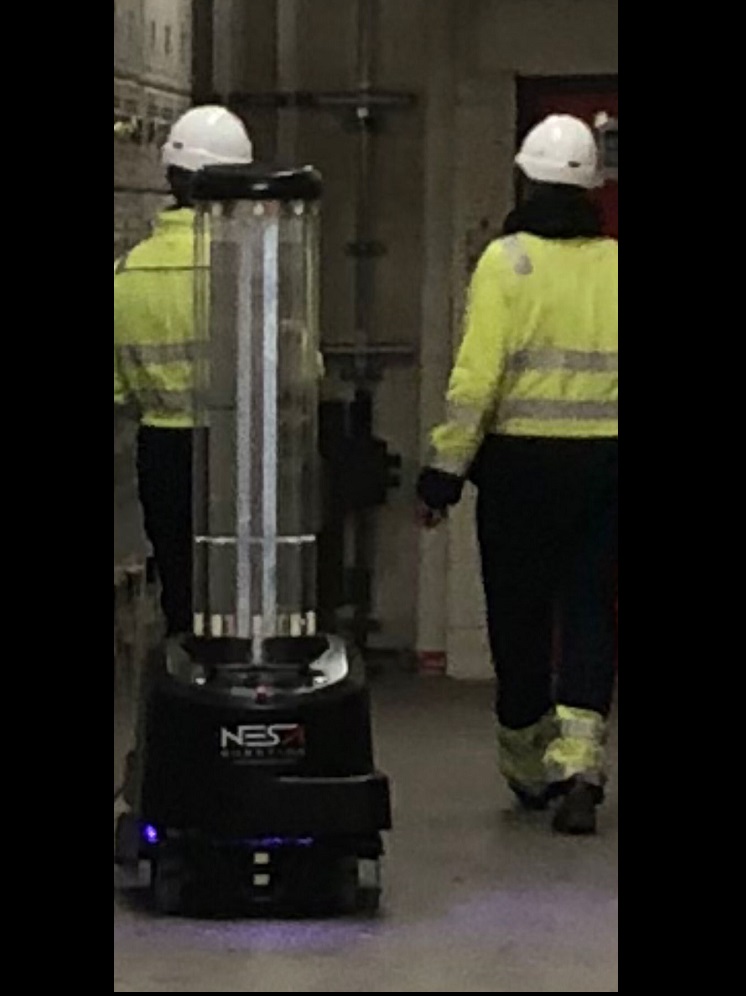UVD Robots for Construction and Utilities

According to Constructionline, 87% of construction businesses were affected by coronavirus, with 62% suspending operations. The effect of a delay on construction reaches a global average value of $30.7 million.
The impact of coronavirus alone has caused over 4.500 projects worth £70 billion to be delayed; a majority of which are housing schemes. Construction workers are also at risk of catching other serious illnesses such as Weil’s Diseases if they come into contact with waterways, sewers and derelict areas. Passed from rats, untreated Weil’s Disease can lead to internal bleeding and organ failure. Few professions expose its employees to environments with as many touch points as the construction industry. Between tool sharing, movement of raw materials and poorly ventilated areas, construction workers are at critical risk of contracting surface and airborne diseases such as COVID-19. Due to the prevalence of unsealed electronics as well as moisture sensitive materials and equipment it is often extremely difficult to disinfect sites with traditional cleaning methods such as fogging.

NESA Robotics are proud to be supporting the likes of UK Power Networks
The UVD Robot kills 99.9999% of bacteria and viruses on surfaces and in the air. As harmful viruses, bacteria and microorganisms have no natural defence against UVC light, a UVD Robot from NESA Robotics is the perfect solution to create safe working environments. The robot can disinfect up to 18,000 square meters in 2.5 hours, providing operating theatre standard of disinfection in one hour that would normally take two days. With an optimal wavelength of 254nm the UV-C Disinfection Robot is capable of killing all known pathogens.
The constantly changing nature of construction sites means obstacles are often left in the path of the robot but thanks to its forward-facing 3D cameras it’s able to detect and circumnavigate obstacles with ease. The robot is also coupled with movement sensitive tablets that are mounted to entrances and exits. This is to ensure the safety of staff by shutting off the UVC lamps should anyone attempt to enter the room. The robot can also be fitted with onboard motion sensors to provide an extra layer of defence against people entering the room while it is undertaking its task. As construction sites can contain a huge number of people, this is absolutely essential for their safety.
